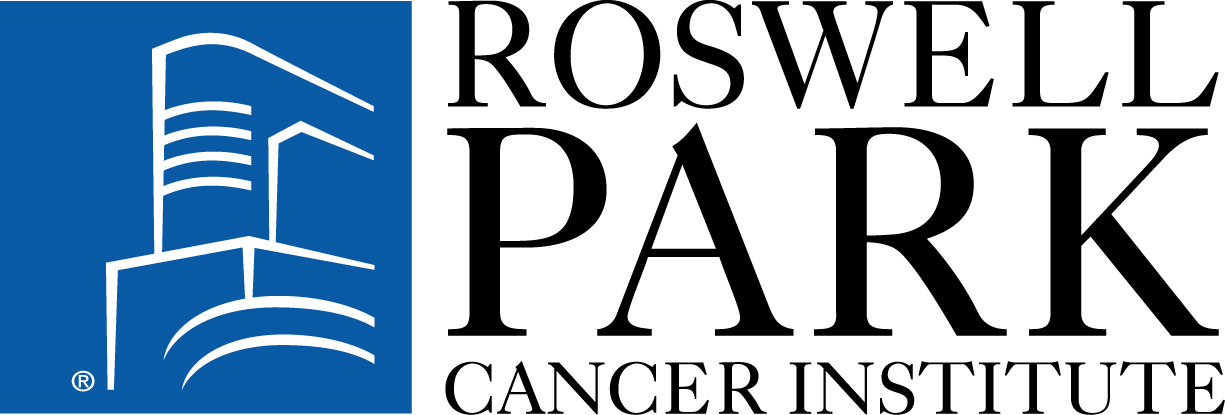Rasburicase and Allopurinol in Treating Patients With Hematologic Malignancies
| Status: | Terminated |
|---|---|
| Conditions: | Blood Cancer, Lymphoma, Women's Studies, Hematology |
| Therapuetic Areas: | Hematology, Oncology, Reproductive |
| Healthy: | No |
| Age Range: | 18 - Any |
| Updated: | 1/11/2018 |
| Start Date: | September 29, 2011 |
| End Date: | May 28, 2016 |
Efficacy and Safety of Two Comparable Single Low Doses of Rasburicase Followed by Allopurinol in Adult Patients With Malignancy
This randomized phase II trial studies how well giving rasburicase together with allopurinol
works in treating patients with hematologic malignancies. Rasburicase may reduce the level of
uric acid in the blood. Allopurinol may stop the growth of cancer cells by blocking some of
the enzymes needed for cell growth. It is not yet known which dose of rasburicase is more
effective in treating hematologic malignancies when given together with or without
allopurinol.
works in treating patients with hematologic malignancies. Rasburicase may reduce the level of
uric acid in the blood. Allopurinol may stop the growth of cancer cells by blocking some of
the enzymes needed for cell growth. It is not yet known which dose of rasburicase is more
effective in treating hematologic malignancies when given together with or without
allopurinol.
PRIMARY OBJECTIVES:
I. To prospectively evaluate the efficacy, as defined by uric acid response rate, of 2
different single low doses of rasburicase followed by allopurinol in 2 treatment arms.
SECONDARY OBJECTIVES:
I. To estimate the proportion of patients requiring additional doses of rasburicase to
maintain a uric acid level =< 7.5mg/dL on day 2 through day 6.
II. To identify differential characteristics of the patients who do not respond to treatment.
III. To measure the area under the plasma uric acid concentration-time curve (AUC) from
baseline (day 1) to day 7, time to plasma uric acid level less than or equal to 7.5mg/dL.
IV. To evaluate the rate of patients requiring hemodialysis (HD) V. To evaluate the safety of
low single-doses of rasburicase. VI. To evaluate the rate of patients expressing a doubling
of serum creatinine.
OUTLINE: Patients are randomized to 1 of 2 treatment arms.
ARM I: Patients receive 1.5mg of rasburicase intravenously (IV) over 30 minutes on day 1* and
allopurinol orally (PO) once daily (QD) on days 1-6.
ARM II: Patients receive 3 mg of rasburicase IV over 30 minutes on day 1* and allopurinol PO
QD on days 1-6.
NOTE: *Patients with serum uric acid >= 7.5mg/dl also receive rasburicase IV on days 2-3.
After completion of study treatment, patients are followed up at 30 days.
I. To prospectively evaluate the efficacy, as defined by uric acid response rate, of 2
different single low doses of rasburicase followed by allopurinol in 2 treatment arms.
SECONDARY OBJECTIVES:
I. To estimate the proportion of patients requiring additional doses of rasburicase to
maintain a uric acid level =< 7.5mg/dL on day 2 through day 6.
II. To identify differential characteristics of the patients who do not respond to treatment.
III. To measure the area under the plasma uric acid concentration-time curve (AUC) from
baseline (day 1) to day 7, time to plasma uric acid level less than or equal to 7.5mg/dL.
IV. To evaluate the rate of patients requiring hemodialysis (HD) V. To evaluate the safety of
low single-doses of rasburicase. VI. To evaluate the rate of patients expressing a doubling
of serum creatinine.
OUTLINE: Patients are randomized to 1 of 2 treatment arms.
ARM I: Patients receive 1.5mg of rasburicase intravenously (IV) over 30 minutes on day 1* and
allopurinol orally (PO) once daily (QD) on days 1-6.
ARM II: Patients receive 3 mg of rasburicase IV over 30 minutes on day 1* and allopurinol PO
QD on days 1-6.
NOTE: *Patients with serum uric acid >= 7.5mg/dl also receive rasburicase IV on days 2-3.
After completion of study treatment, patients are followed up at 30 days.
Inclusion Criteria:
- Eastern Cooperative Oncology Group (ECOG) status of 0-3
- Active leukemia and Burkitt leukemia/lymphoma treated in-house that puts them at risk
for tumor lysis syndrome (TLS)
- Serum uric acid level >= 7.5mg/dL and high risk for TLS as defined by:
- A diagnosis of acute myeloid leukemia (AML), or
- A diagnosis of blast-phase chronic myeloid leukemia (CML), or
- A diagnosis of high-grade myelodysplastic syndrome (MDS) with >= 10% blast bone
marrow blast involvement, or
- Acute lymphoblastic leukemia (ALL), or
- Burkitt leukemia/lymphoma
- Patient or legal representative must understand the investigational nature of this
study and sign an Independent Ethics Committee/Institutional Review Board approved
written informed consent form prior to receiving any study related procedure
Exclusion Criteria:
- History of asthma
- History of severe or life threatening atopic allergy
- Hypersensitivity to uricases
- Known prior sensitivity to allopurinol
- Known glucose-6-phosphate dehydrogenase (G6PD) deficiency
- Recent prior history of uricolytic therapy defined as therapy within the last 7 days
We found this trial at
1
site
Roswell Park Cancer Institute Welcome to Roswell Park Cancer Institute (RPCI), America's first cancer center...
Click here to add this to my saved trials
